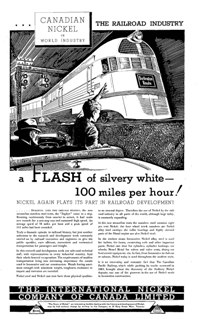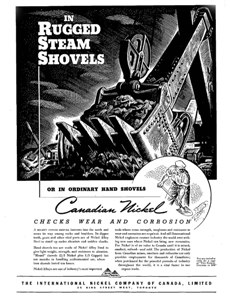Tanya Talaga is the Queen’s Park (Ontario Provincial Government) reporter for the Toronto Star, which has the largest circulation in Canada. The paper has an enormous impact on Canada’s federal and provincial politics as well as shaping public opinion. This article was originally published on Saturday, March 27, 2010 on the front page of the Insight section.
For an extensive list of articles on this mineral discovery, please go to: Ontario’s Ring of Fire Mineral Discovery
A massive ore deposit has prospectors drooling, native groups worried about a raw deal and greens warning of an ecological disaster. With $30 billion at stake, the government is struggling to strike the right balance
MARTEN FALLS FIRST NATION, ONT.–Children sprint into the school gym to feast on the grapes, apples and oranges laid out on long tables – the first fresh fruit they’ve seen in months.
The fruit, all 90 kilos of it, is a gift to the 300 people living in this impoverished, fly-in-only reserve from Northern Development Minister Michael Gravelle.
He’s flown to Marten Falls, where the water is not clean enough to drink, on a diplomatic mission to soothe tensions among the Indians, government and mining companies over the proposed development of the Ring of Fire.
The Ring is a massive, 5,120-square-kilometre area of pristine wilderness that happens to be on Marten Falls’ traditional land and is said to hold one of the richest ore deposits in the world.
The buzz around the potential jackpot has prospectors jockeying for position as everyone lines up to stake their claim in this modern-day gold rush.























 With a veritable treasure store beneath its feet, Sudbury
With a veritable treasure store beneath its feet, Sudbury
 This brave New World of ours may be bringing the world-order architects down with the jitters, but no one is going to convince Mr. and Mrs. Job Public that it doesn’t have the gaudiest surface glitter they have ever seen.
This brave New World of ours may be bringing the world-order architects down with the jitters, but no one is going to convince Mr. and Mrs. Job Public that it doesn’t have the gaudiest surface glitter they have ever seen. Prosperity, modernity, pioneer color and a relief problem
Prosperity, modernity, pioneer color and a relief problem